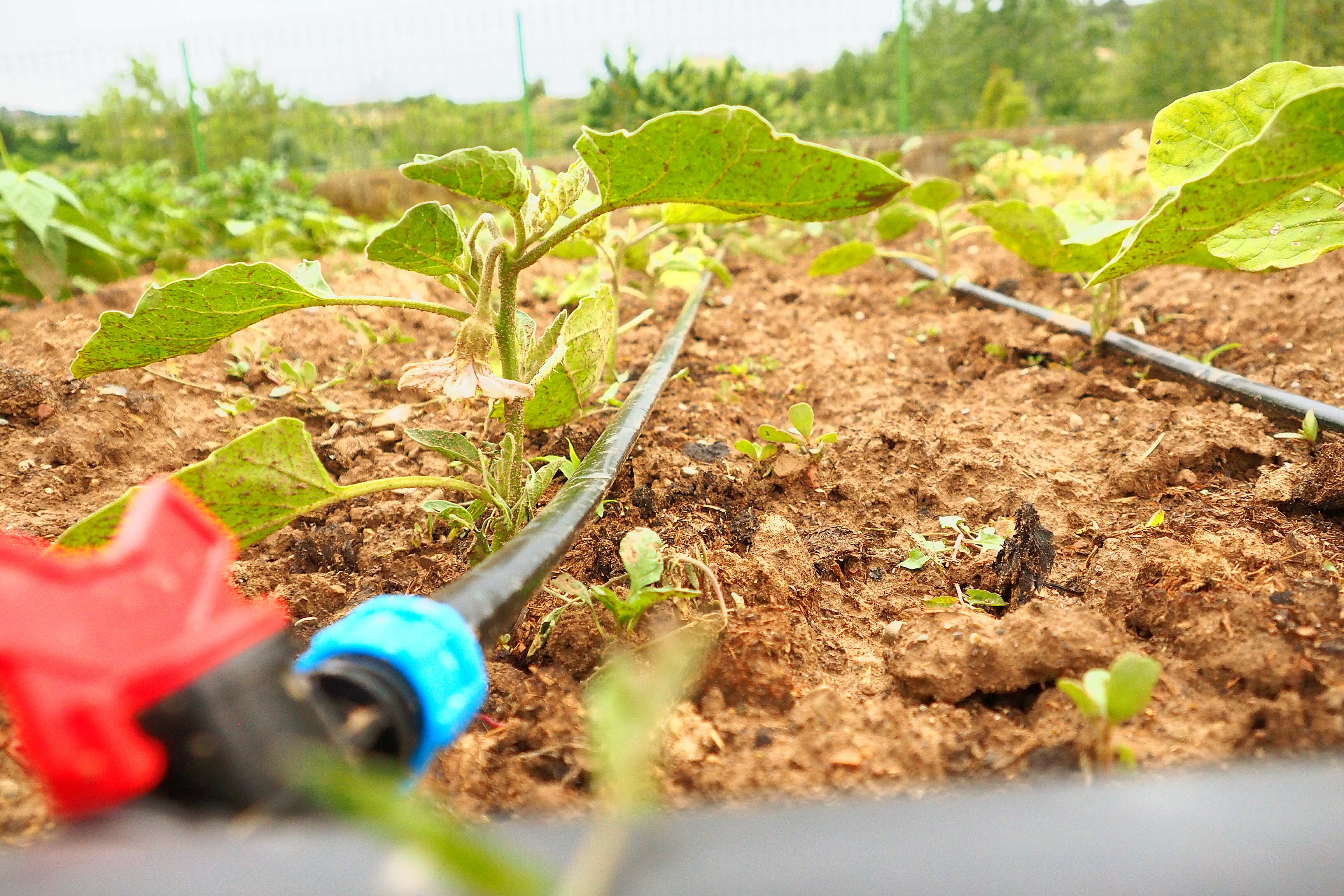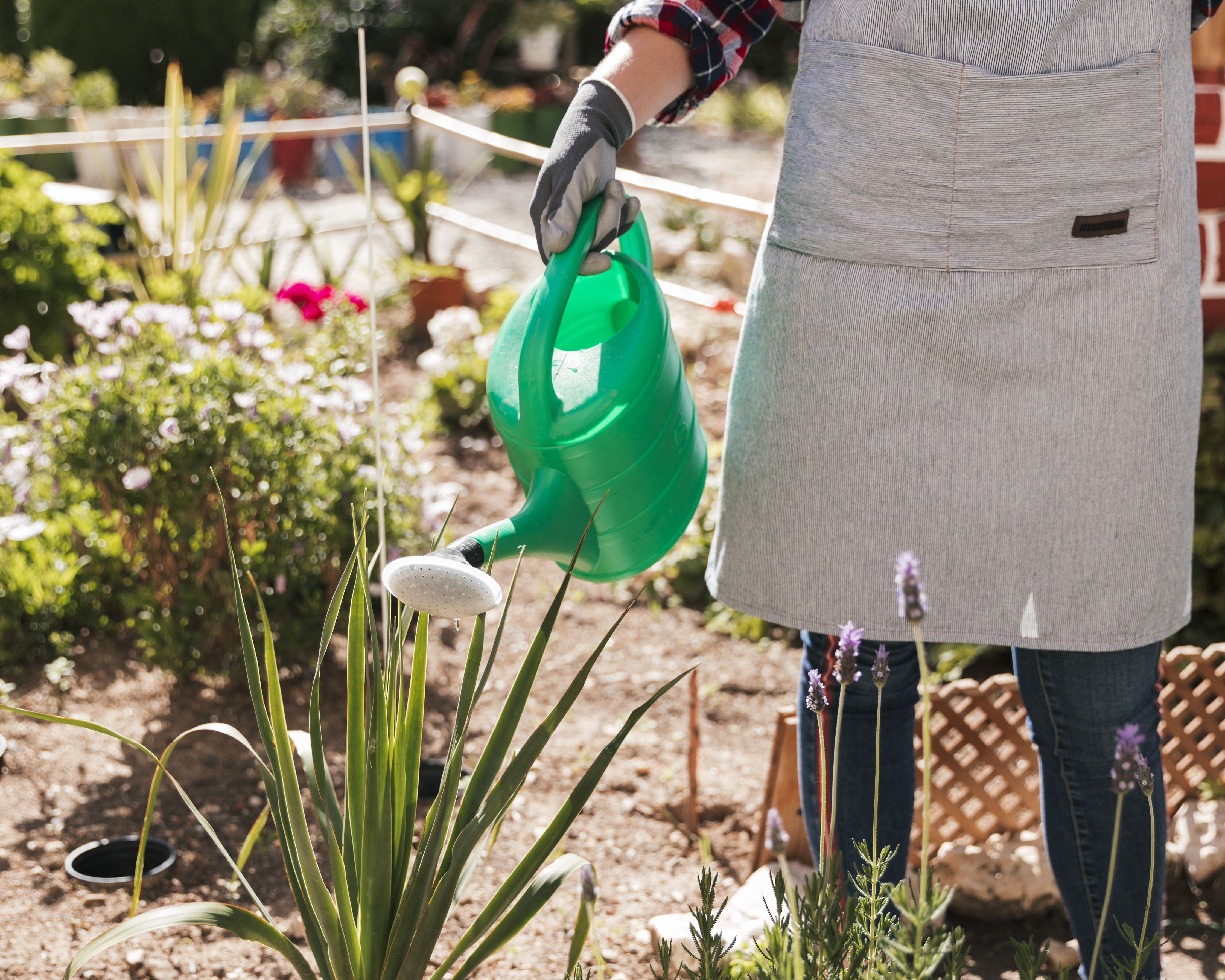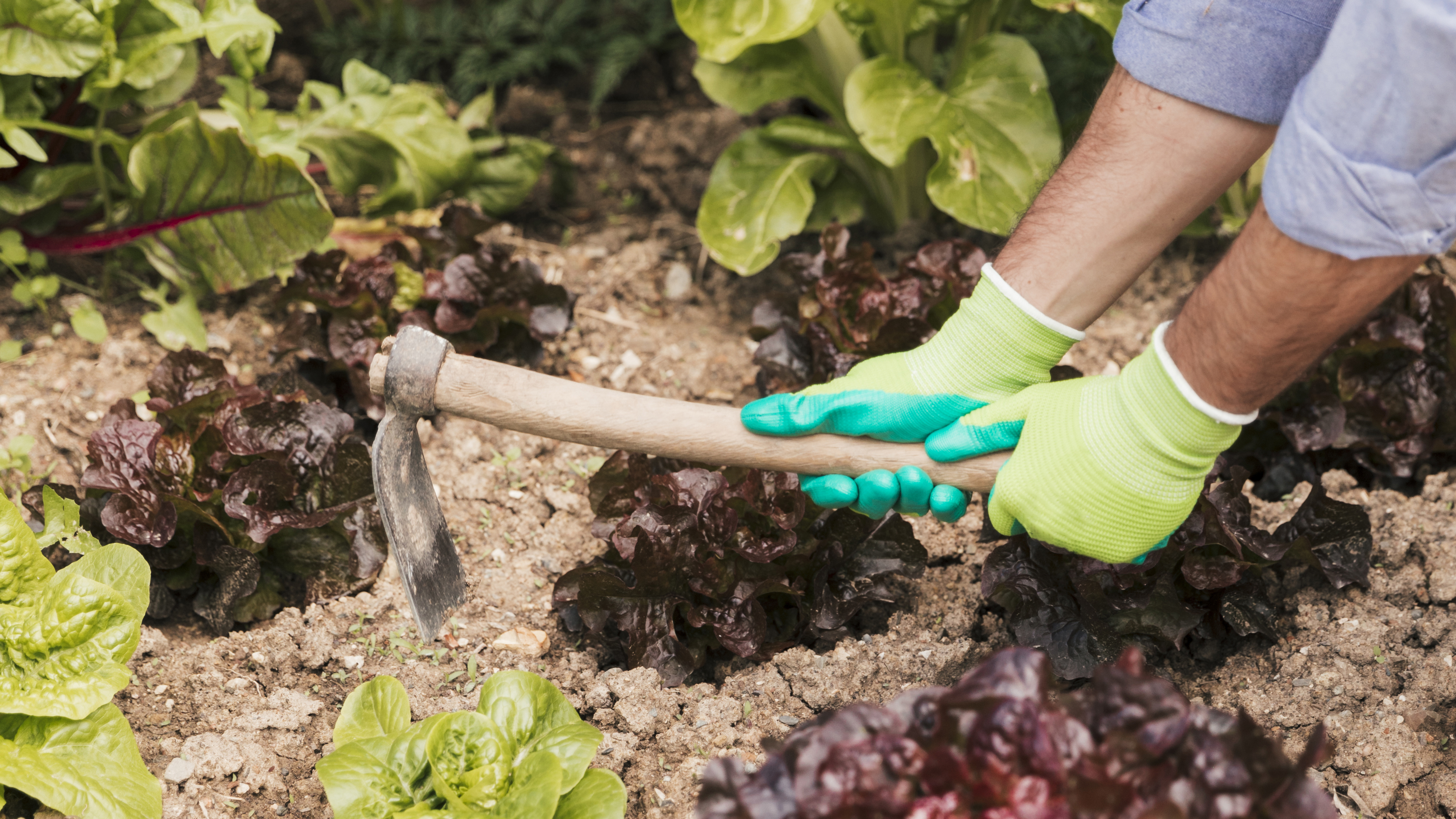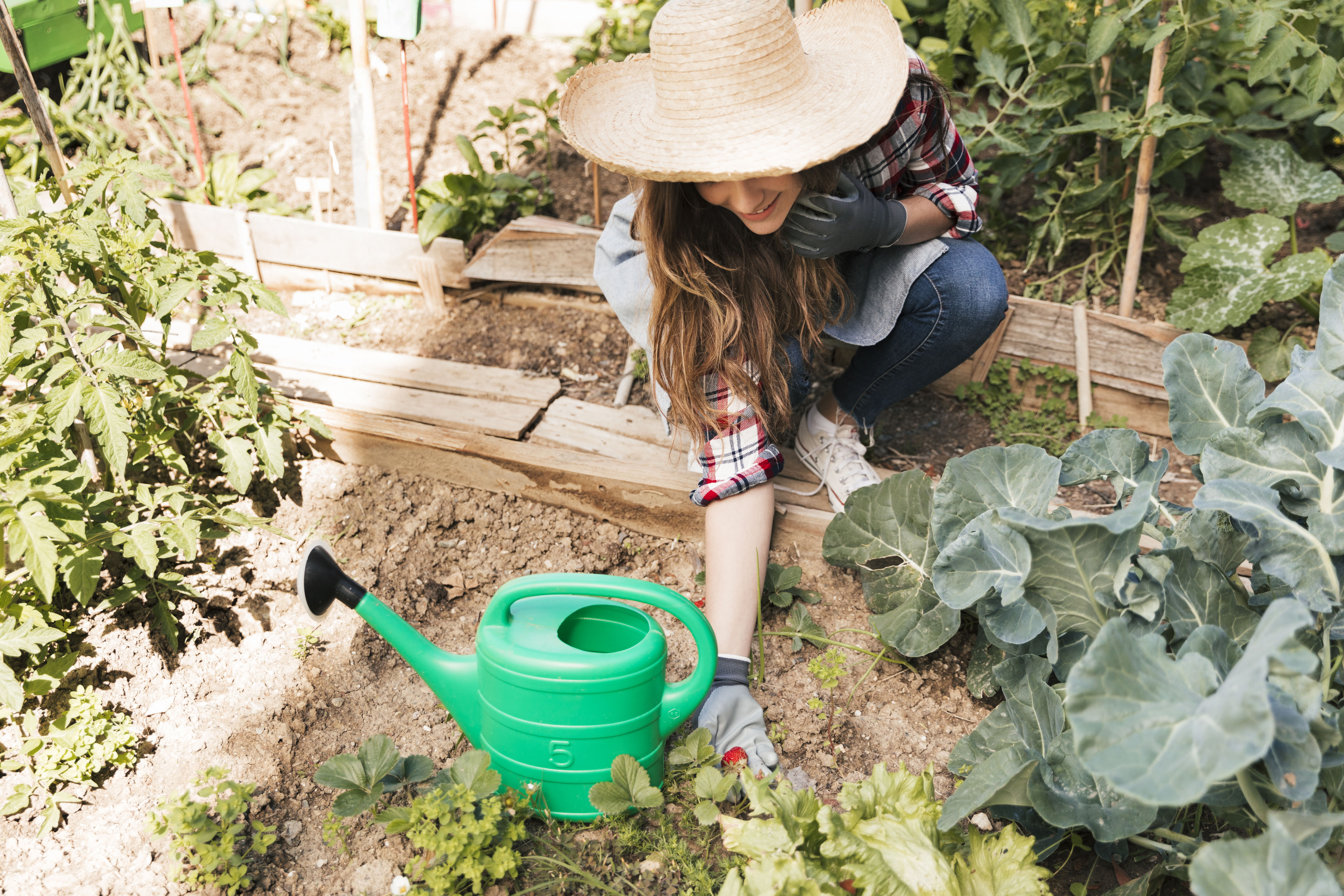Staying Hydrated
Water is essential for plant growth. Too little water (or too much), and your plants won’t make it. In hot, arid climates, sunken beds are a preventative measure against warmer weather (catch the rhyme there?).
By sinking the bed below ground level, you take advantage of naturally cooler soil, improved moisture retention, and better wind protection. Sunken beds can be a game-changer for gardeners in dry regions, making it easier to keep plants thriving with less water.
In this guide, we’ll cover what they are, why they work, and how you can create one in your garden. Let’s dig in!

What is a Sunken Bed?
A sunken garden bed is exactly as it sounds. Compared to a raised bed, which is elevated above ground level, a sunken garden bed is below ground level. They’re created by digging out an area and primarily using the existing soil for planting.
Sunken beds are well-suited for most plants and can be better than raised beds for many. Deep-rooted plants love the freedom of sunken beds, and there’s less concern with planting right next to the edge of the bed; the plants have the space to extend their roots beyond the sunken area if necessary. Additionally, trailing plants such as squash and watermelon that can overwhelm small raised beds thrive in sunken beds.
Sunken beds are less effective in colder climates as they shorten the growing season and may collect too much water.
Benefits of a Sunken Bed.
Sunken gardens offer a range of benefits in the desert, making them a smart choice for water-wise landscaping. Here are some of the most compelling reasons to try this method:
- Reduces water loss. The deeper you go, the cooler and wetter the soil naturally is. Plus, the surrounding berms help minimize evaporation by shielding the bed from wind and direct sun while channeling water into the bed.
- Keeps temperatures down. During the hottest part of the day, the raised berms around the edges provide shade for some plants, while the lower elevation helps insulate them from extreme heat.
- Improves soil health. Water that would otherwise run off has a chance to sink in, delivering moisture and nutrients more effectively to plant roots. Over time, this helps build healthier, more resilient soil.
- Protects plants from wind. Strong winds can dry out plants and damage delicate stems in open desert landscapes. A sunken bed offers a natural windbreak, creating a more sheltered growing environment.
- Manages soil salinity. In dry climates, salt buildup in the soil can be a problem. Raised beds tend to pull salts toward the surface, which harms plants. Sunken beds, on the other hand, help draw salts deeper into the ground, keeping them away from plants and their roots.

Considerations for a Sunken Bed
Before you start digging, consider your bed’s size and location. Shelter from the intense afternoon sun is essential. If no natural (trees, shrubs) or structural shade (buildings, walls) exists, you may need to add shade fabric alongside the west and south-west sides of the bed.
Because you can walk through a sunken bed, there’s more flexibility in sizing. Larger beds also allow for companion planting and layering plants for shade (see our Tips for Growing in the Southwest Desert). A standard 4’ x 8’ size (1.25m x 2.5 m) is a good starting point for maintenance, and it’s easy to plan with the Planter app.
Drainage is also important. A slight slope toward one side of the bed can reduce pooling during heavy rain. Additionally, placing a terracotta pot in the soil at the lowest point of the bed can catch excess water during monsoon-like rains. The rim should sit just below the soil level, allowing water to collect and slowly soak in.
Building the Bed
- Mark out the area with string and stakes to visualize the space. Sunken beds don’t have to be rectangular—you can shape them to fit your garden layout. If doing more than one bed, leave a 3-4 foot (around 1-1.5 meter) walkway between the beds to pile the dirt for the berms and move around the garden.
- Dig down between 9 and 12 inches (23-30 cm). Pile the excavated soil around the edges to form berms. These raised dirt walls provide shade and block wind. Compact the berms with a shovel or walk on them to slow erosion.
- Remove large rocks and debris as you dig. Any stones you find can reinforce the berms. You may also line the edge of the sunken bed with bricks or larger rocks for a more formal look.
- Amend the soil. The top layer of desert soil is often nutrient-poor. Mix in compost to improve moisture retention. A 20% compost to 80% native soil mix maintains well-draining conditions while boosting nutrient supply.
For a 4’ x 8’ bed, you’ll need about 6-7 cubic feet (or 190-210 litres) of compost to add a 2-inch (5cm) layer.

Maintaining the Bed
Caring for a sunken garden bed is much like any other part of the garden; regular watering, weeding, and pest control are necessary. To reduce the spread of weeds, disturb the soil around your plants as little as possible.
Mulch is an excellent addition for water retention and weed suppression, although you should avoid geotextiles and bark mulches as much as possible. If you’re willing to collect it, the leaf litter from your yard (or your neighbor’s) is an excellent, nutrient-rich mulch, as are shredded tree trimmings.

Wrapping Up
Sunken beds offer a lower-cost, water-efficient way to garden. Once the hard work of digging is out of the way, they are relatively self-sustaining. They need less additional compost than raised beds, are suited for a wider variety of plants, and can simply be buried once you’re done—unlike raised beds, which are more permanent.
No matter what you grow, if you’re growing where it’s hot, sunken beds are an attractive and cost-effective way to garden.
